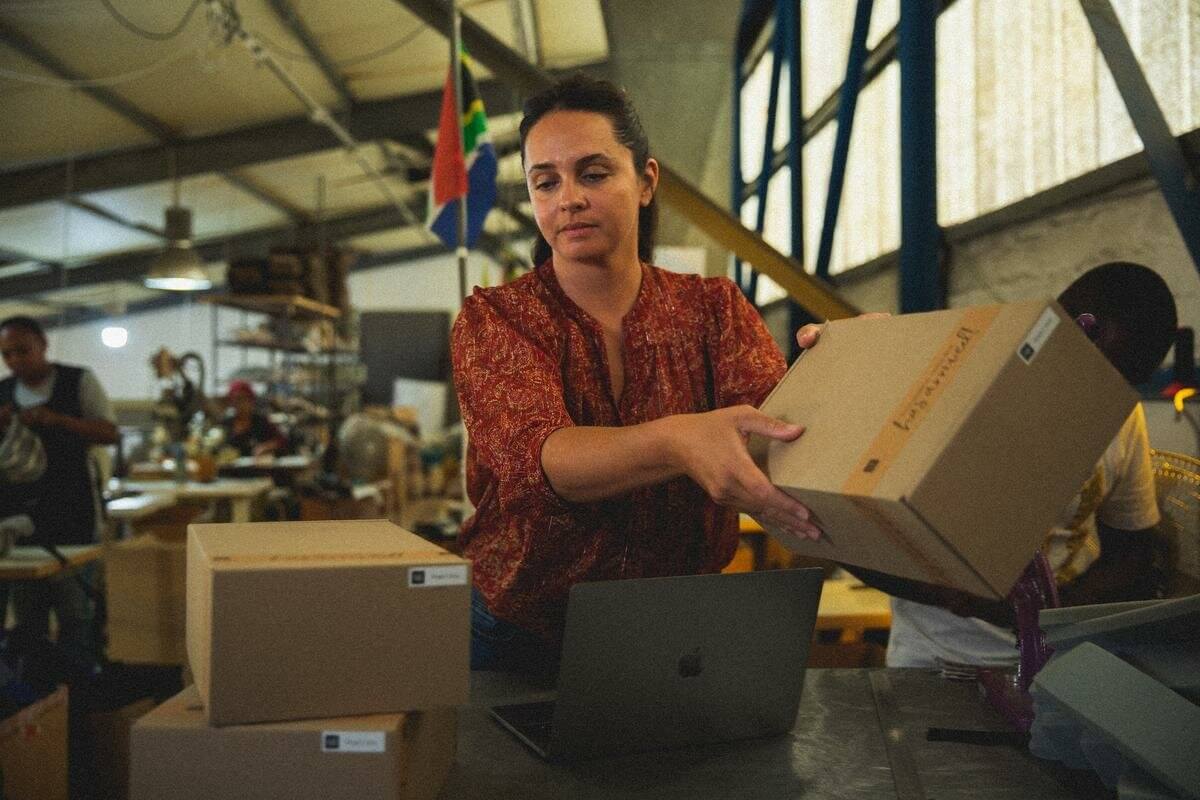The pandemic has made many businesses rethink how they engage with their customers: with limitations on physical interactions becoming the norm, and many choosing to stay home more, opportunities for connecting in the offline world have shrunk. However, this has made more people (if that’s possible to imagine) engage on digital channels, because they have no other outlet, making it an even more fertile marketing space. Not all businesses can or want to pivot all the way into ecommerce, but that doesn’t mean they can’t cleverly use online engagement to boost sales in their brick and mortar stores.
Start with an online presence
Nowadays, all businesses need an online presence, not just for the sake of marketing, but for the express purpose of connecting with potential customers, enhancing brand recognition, and nurturing loyalty. Research indicates that a whopping 90% of consumers read online reviews before visiting a business, and 81% do some digging online before making large purchases in person. Having a healthy and vibrant online presence in place, makes using different digital channels for marketing feel more natural – which followers are more likely to respond to. For more on how to captivate with your online presence, check out this article.
Which channels are best for marketing with online engagement?
You can use online platforms for almost anything that suits your business operations and needs: from networking, using digital tools for scheduling bookings, taking orders, delivery/pick-up, communicating with customers, to fully fledged online shopping experiences. Not all businesses have a website or the capacity to build one right now, and that’s okay! There are plenty of simple and more affordable ways to leverage online engagement. So, what are your options?
1. Social Media
Social media is where it’s at when it comes to building a following, by displaying your business’s unique personality. It’s a powerful way to create real intimacy with a large amount of people – by being open, sharing interesting content, responding with warmth and empathy to feedback, and adding value to online discussions. It also happens to be the ultimate space for running promotions, competitions, and triggering user generated content. In fact, social media is so stellar at providing a way to connect and communicate well, that many have successfully started using their social profiles as their primary customer service channel – here’s how.
2. Messenger apps and chatbots
There are plenty of messenger apps that are particularly well suited for business marketing and communication with customers, but the most commonly used are SMS and Whatsapp. And thanks to the convenience of sending secure payment links, you can now go from chatting to selling to getting paid, all from the same messaging platform.
Chatbots can also be employed to answer common, easy questions that don’t need special attention – which helps to relieve some of the pressure on your customer service team. Having an instant and direct channel between your business and customers also presents the perfect opportunity for not-so-subtle marketing! 😉
3. Email
Tell your mailing list about everything happening at the store, from special deals, to new releases, requesting customer satisfaction surveys for feedback, and broadcasting how they can purchase from you in different (safe) ways. It’s a great way to introduce loyalty programs, vouchers, competitions and other new projects you may be launching that also help bolster sales.
Pro Tip: Use your data insights to send targeted emails to specific people, that suggest purchases based on what they previously bought.
4. Loyalty programs
If you’re running a digital loyalty program, it’s yet another way to engage with people when they aren’t necessarily on your doorstep. Customer loyalty programs are a powerful tool for not only boosting engagement, but sales and customer retention too. For a guide on how to get started, check out our article here.
5. Using beacons for notifications
This innovative technology uses bluetooth to send notifications to shoppers when they are in the vicinity of your store, alerting them to special offers, sending coupon codes, instructions on how to join your loyalty program, or just doing some cleverly targeted reminding of all you have to offer. They’re also great because they engage with customers on the spot, as they enter your orbit, instantly giving you the opportunity to build from there. Using beacons in-store can also nudge people to new products they may now consider buying.
6. Content: Blogging & Vlogging
Blogging is one of the most fundamental aspects of creating a strong online presence, not only helping to craft a more human voice and professional legitimacy for your brand, but also supporting your SEO efforts by driving traffic to your website. Vlogging does essentially the same thing, but it’s even more effective in grabbing short attention spans. Videos shouldn’t be long, and don’t need to be elaborately produced – even a quick product demo or a cool, different way to use your product can (and does) work marketing miracles.
Tips for optimising your online engagement
The options for online engagement are pretty endless, and your business will probably have a slightly nuanced point of entry that feels more natural to you. No matter where you choose to dive in, here are some great tips to keep in mind!
1. Prioritise mobile
Everyone is always on their phones, plus they’re usually with their devices wherever they go. If you have a website or app, make sure you’re focused on mobile friendly formatting – and the same applies for all content you produce. If you’re already leveraging chat platforms for marketing or support, close the loop by offering secure link payments and close sales at the same time.
2. Blur the lines with click-and-collect
This requires a little more work, in that you’ll need to create an online catalogue, but it allows you to give your customers the best of both worlds: They can save time browsing and choosing their booty (in the safe isolation of their homes), without your needing to have a delivery service or complex returns policy makeover. Many of the ways in which you run your business will stay the same, and it’s a great way to dip your toes into the online-store waters before fully committing. It will also encourage more people to actually visit your store, increasing the chance of impulse purchases too.
3. Use data to personalise how you engage
With a lot of the above, data collection can be a natural side-effect. Ultimately it’s only valuable if you use it to get better insights into what your customers like/dislike, and how to personalise their shopping experience around those preferences. The goal of customer service must be to respond to real world customer behavior, and bond with your following, making them feel like you “get” them and are committed to meeting their needs.
4. Focus on localised SEO
Let’s face it, it doesn’t really serve your brick and mortar store if someone in a different city reads about you online (unless you offer nationwide or international delivery). So, the most important part of enhancing your SEO is to make sure it’s locally oriented. How? Make sure to join local business registries online (Google automatically scans them when performing a search on behalf of someone at a particular location), and encourage customer reviews and location tags on social media for social proof with a local twist.
Online and offline marketing should support one another and improve the success of both. Combining them can be incredibly powerful in capturing as much attention as possible, and demonstrating a willingness to meet customers wherever they are. For many, sales simply cannot be closed as successfully unless there is a personal, physical component to the interaction – but, that doesn’t mean you can’t get more customers to your door first, with your enthusiastic and dynamic approach to online engagement of course!



